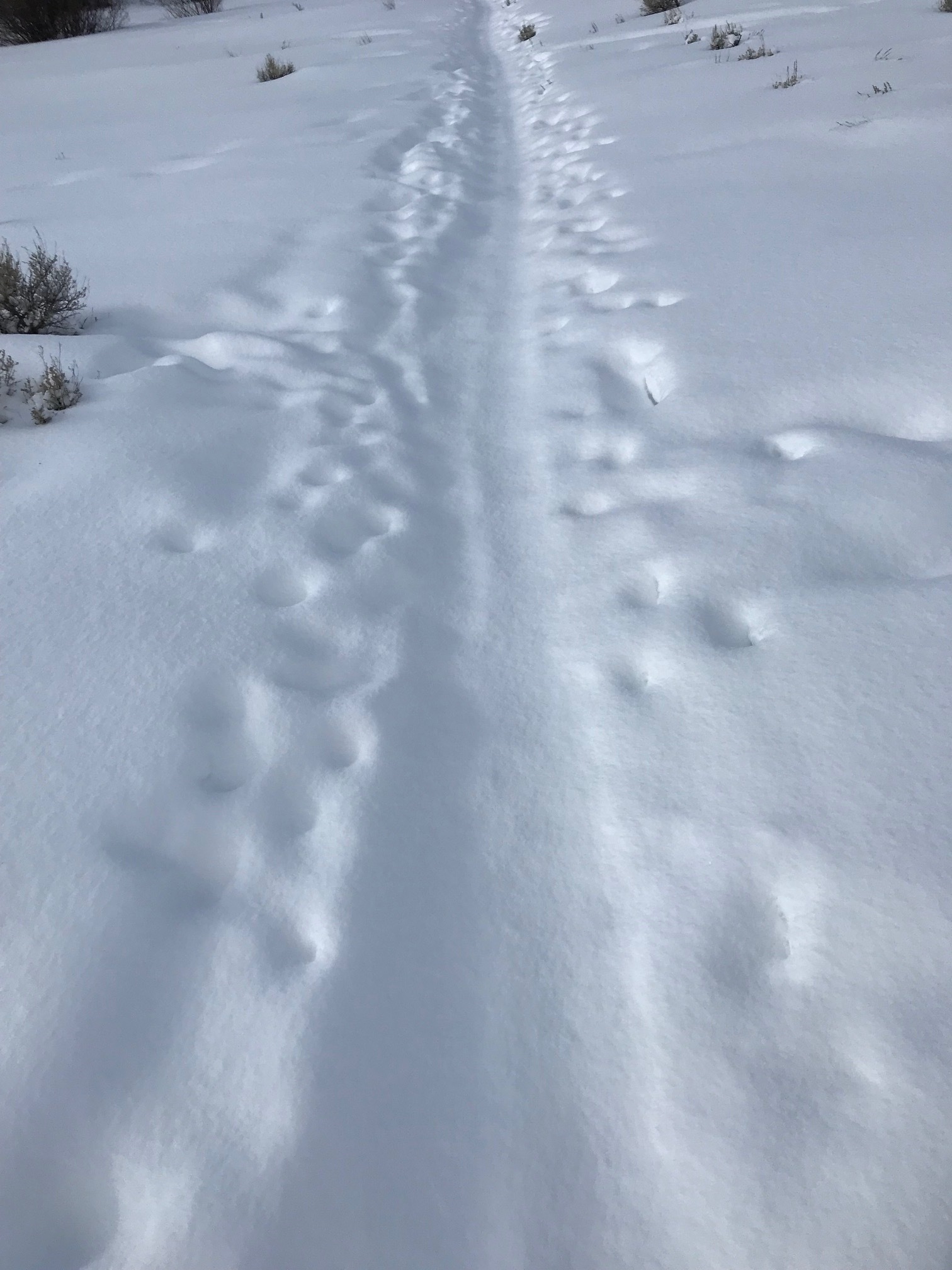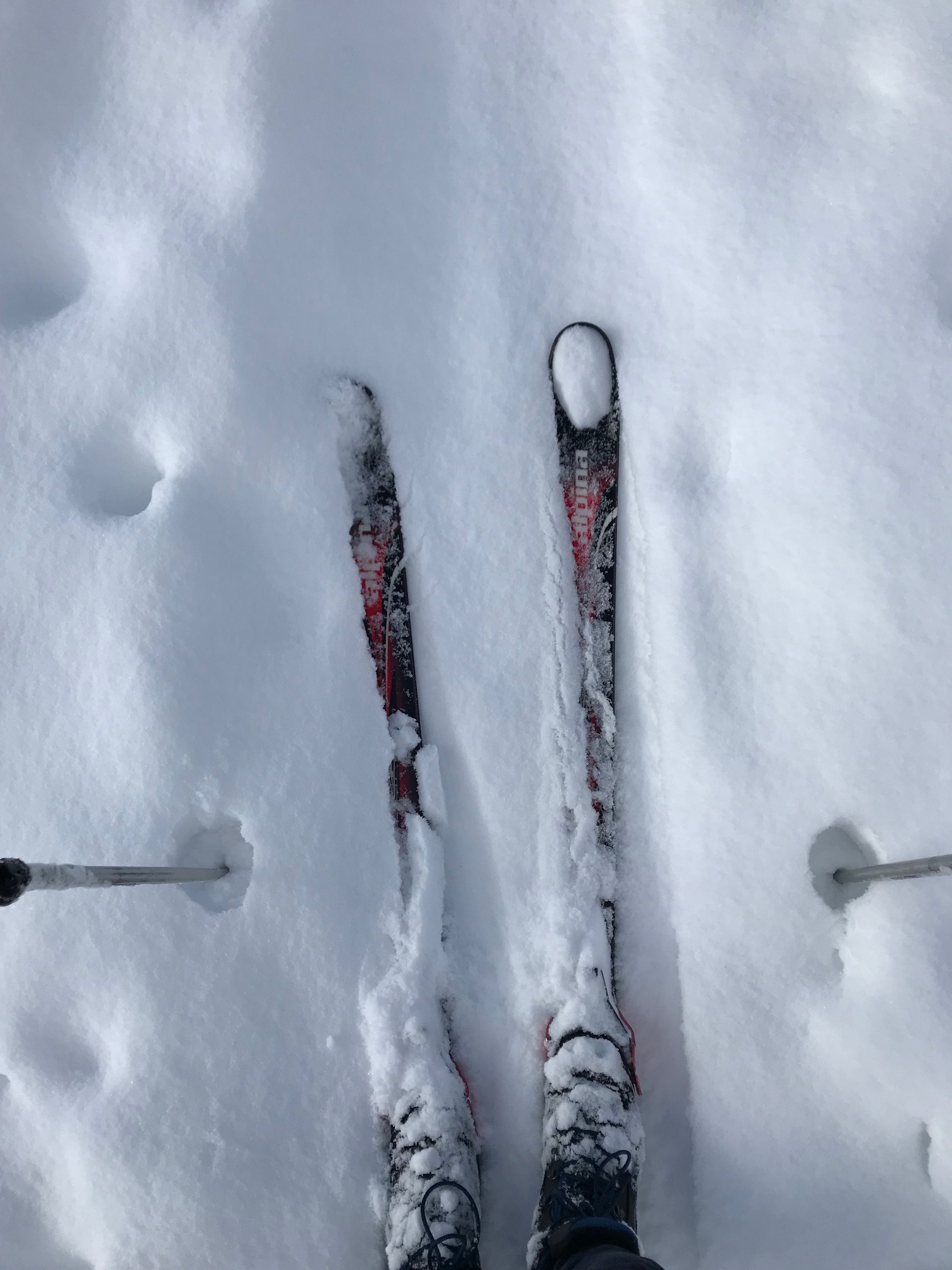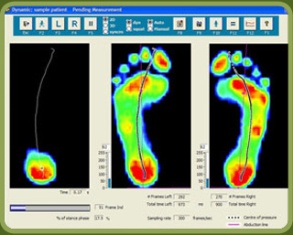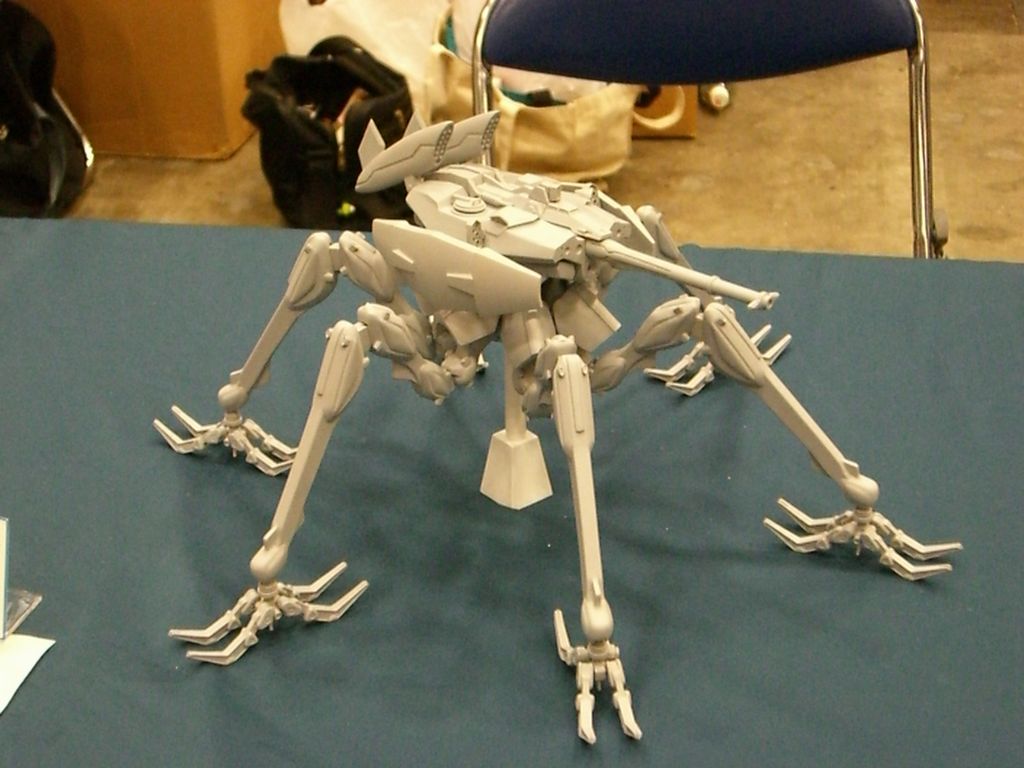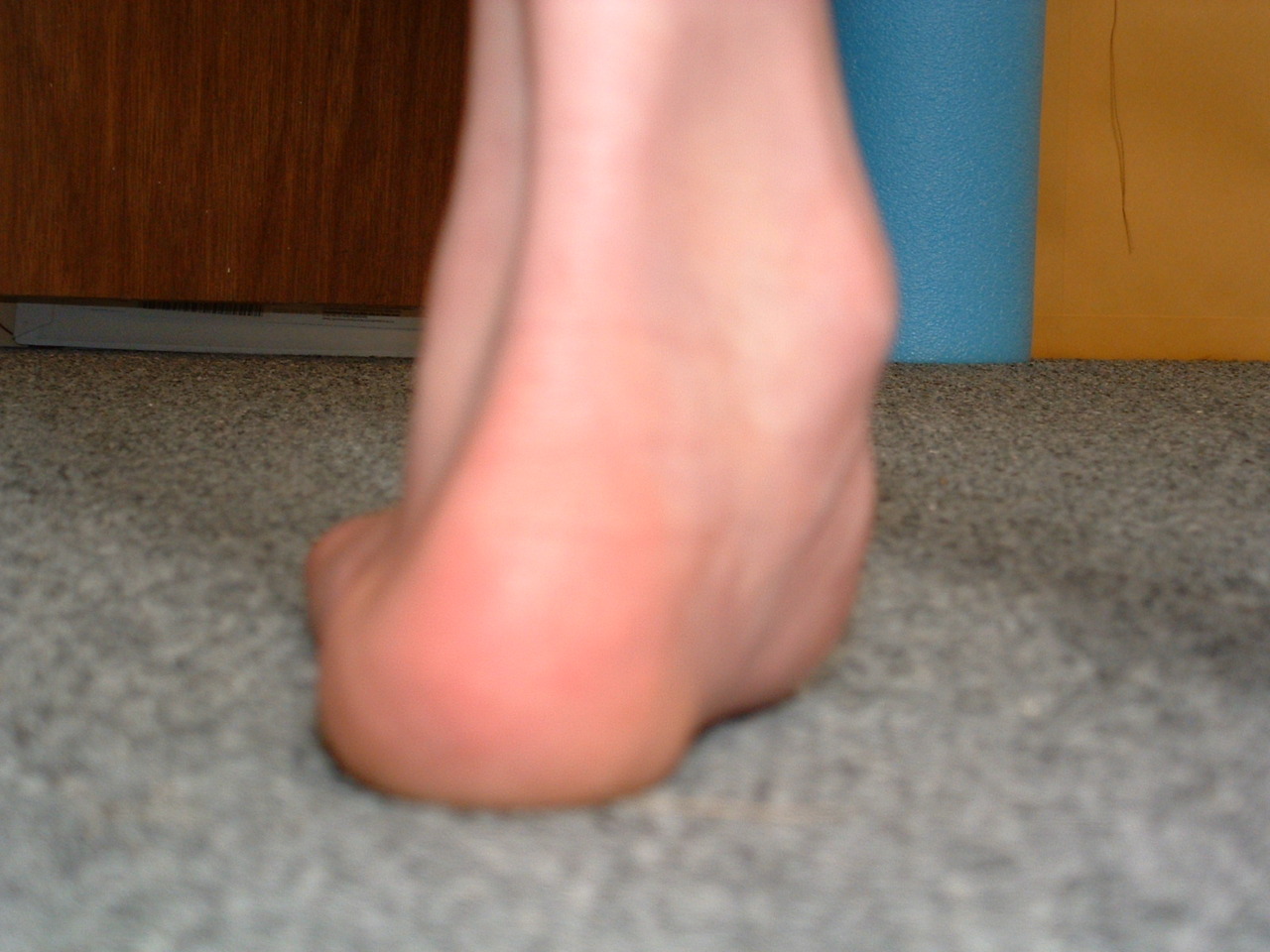Keep your eyes up and your toes up...,And it doesn’t hurt to use your abs
/
While out cross country skiing after a few inches of fresh fallen snow it dawned on me, especially when going uphill on my cross-country skis, lifting your toes up definitely pushes the head of the first metatarsal down and helps you to gain more purchase with the scales on the bottom of the skis. It also helps to press the center portion of the camber of the ski downward so that you can get better traction. Thinking about this further, lifting your toes up also helps you to engage your glutes to a greater degree.
Try this: stand comfortably with your knees slightly flexed. Lift up your toes leaving the balls of your feet on the ground. Do you feel the first metatarsal head going down and making better contact with the ground? Can you feel your foot tripod between the head of the first metatarsal, head of the fifth metatarsal and the calcaneus? Now let your toes go down. Squeeze your glute max muscles. You should still be able to fart so don’t squeeze the sphincter. You can palpate these muscles to see if you’re actually getting to them. You can do this by placing your hands on top of your hips with your fingers calling around forward like when your mom used to put her hands on her hips and yell at you. Now relax with your toes up again leaving the balls of your feet on the ground. Now engage your glutes. See how much easier it is?
Now stand with your feet flat on the ground and put your hands on your abs, specifically your external obliques. Now raise your right leg. Do you feel your external oblique engage? Now, lift your toes up leaving the balls of your feet on the ground. Now lift your leg. Do you feel how much more your abs engage?
Little tricks of the trade. That’s why you listen here and why your patients/clients come to see you. Now go out and do it!
Dr. Ivo, one of The Gait Guys
#gaitanalysis, #crosscountryskiing, #skiing, hallux, #engage, #abs




